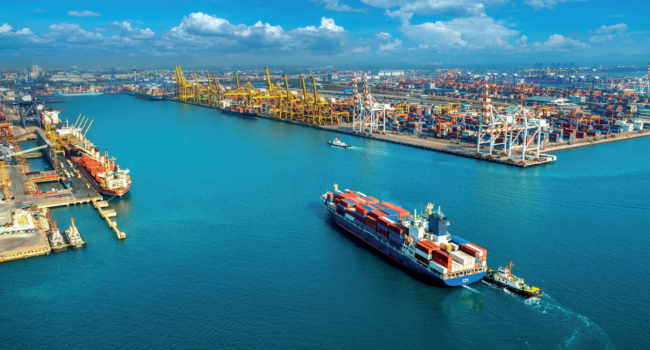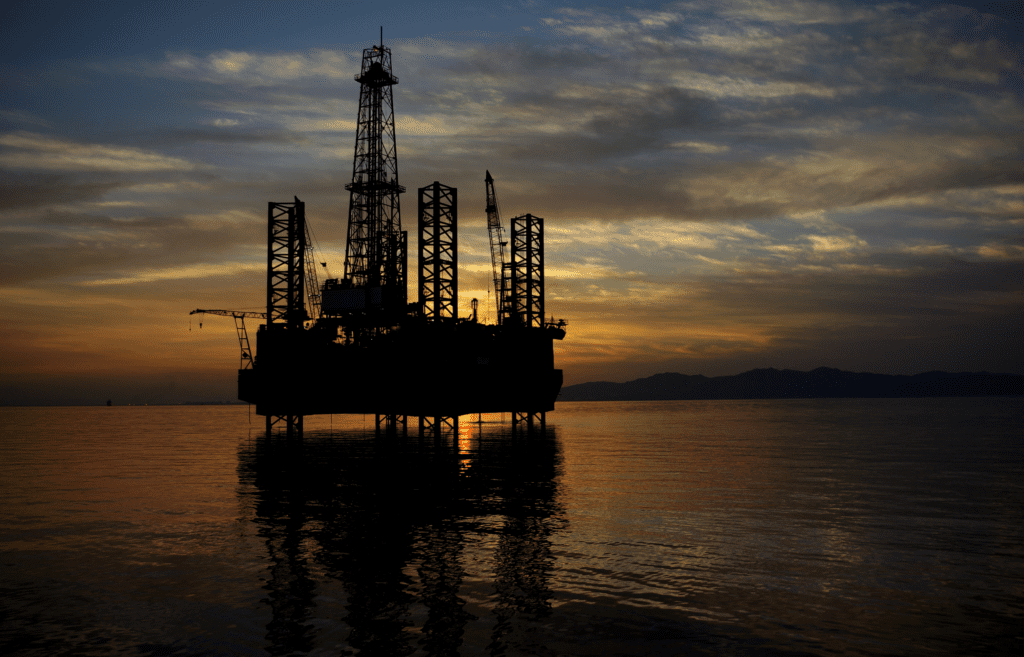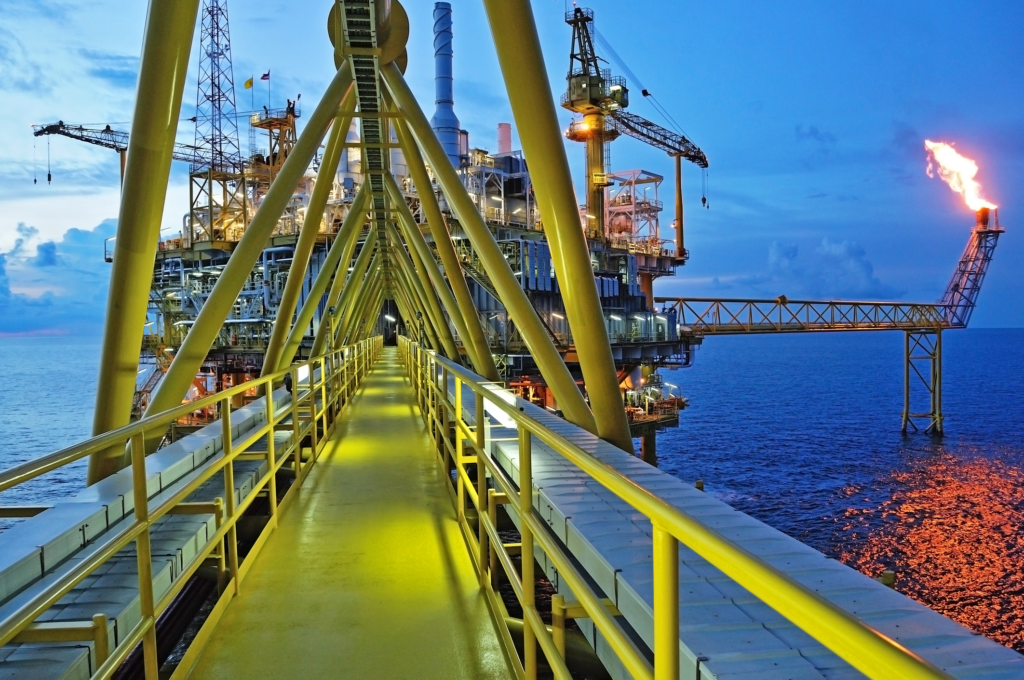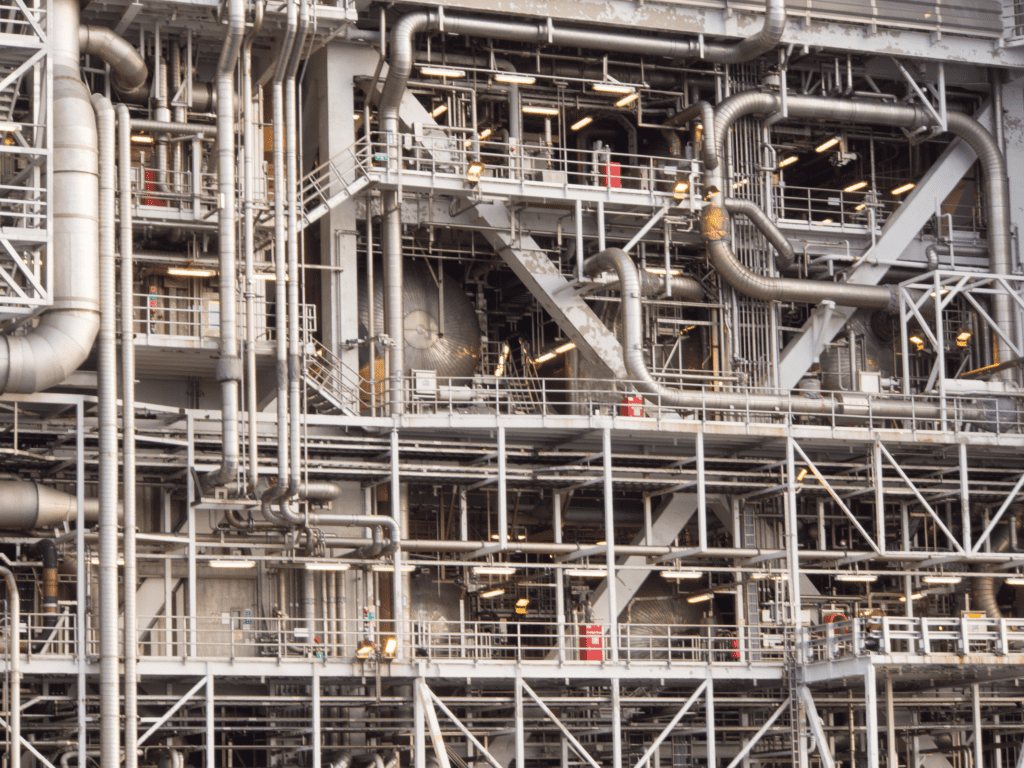Innovation is critical in carbon reduction capabilities for offshore support vessels (OSVs). But what does the future hold?
By Wei Huang, Ph.D., Director, Global Offshore Market Sector Lead, Offshore Support Vessels, ABS
Urgency around transitioning to a greener society is building as the world grapples with an increased cost of living and challenging business conditions, with energy price volatility fuelling much of the uncertainty that continues to shadow economic confidence.
Like many marine sectors, the offshore support vessel (OSV) market is awash with both challenges and opportunities. For the OSV sector, the key challenge and opportunity lies in supporting higher current and future demand for services in a way that is responsible and financially viable.
The design and ways in which these vessels are operated will continue to evolve alongside increasing demand for OSV services – which is set to expand by almost $10 billion USD to reach a value of $23.6 billion USD.1
Combining this with the marine and By Wei Huang, Ph.D., Director, Global Offshore Market Sector Lead, Offshore Support Vessels, ABS Innovation is critical in carbon reduction capabilities for offshore support vessels (OSVs). But what does the future hold? offshore industry working towards a carbon neutral future, there are some big challenges where OSV operations will need to be fully integrated with offshore fields. Port infrastructure and supply chains will need to support increasingly complex and multifaceted customer requirements. This means that OSVs will need to be fully digitized and highly automated to tie into their supporting tech-enabled ecosystems.
OSVs are multi-functional – equipped to serve multiple offshore sectors, such as platform supply, anchor handling, subsea construction, installation, maintenance, repair, pipe-laying, platform decommissioning, as well as support for diving systems and remotely operated vehicles (ROVs). The operational capabilities of OSVs may evolve to support many disparate sectors such as offshore wind, space missions (launches and recoveries), carbon capture (transport), and subsea mining.

Contributing to a Carbon Neutral Future
The OSVs of the future are expected to be carbon neutral. For many vessel owners, that transition has already begun with efforts to lower vessels’ carbon footprints through various hull form advancements, these being key efficiency-enhancing steps before ultimately moving to a zero-carbon or carbon-neutral future.
Moving forwards, more sophisticated technologies and upgrades will be required, including the capability to adopt new fuels and energy storage systems, as well as smart data gathering solutions to monitor and optimize all aspects of vessel performance.
Decarbonising Marine Propulsion Systems
Typically, OSVs rely on diesel-electric propulsion systems – multiple diesel generator sets feed a fixed-frequency electrical bus, which then feeds the electrical propulsion motor drive and the hotel load (most commonly a transformer).
By integrating these diesel-electric systems with energy-storage solutions such as lithium-ion batteries, flywheels or supercapacitors, the combination of electrification and hybrid power can increase the flexibility of a vessel’s propulsion system.
Furthermore, this will allow internal combustion engines to run at optimal levels of fuel efficiency and, when running purely on battery power, vessels will be able to operate with zero emissions.
Hybrid Power Supplies – Benefits and Challenges Await
There are several key performance benefits attached to using hybrid power supplies for OSVs’ power and propulsion systems.
When tapping into stored energy, one or more engines can be switched off, and storage systems themselves can be recharged when engines are running and store regenerated energy when braking on electric motors – this can save fuel, reduce emissions and noise, increase crew comfort and support sailing without emissions, noise and vibrations from the engines.
Batteries also enable load levelling and peak shaving and provide an important source of back-up power in the event of combustion power supply failure.However, it should be noted that several challenges need to be overcome or accommodated for if OSV designs are to fully embrace hybrid-electric propulsion systems:

- Finding the optimum balance in charging and discharging the battery to enable a maximum reduction in fuel consumption.
- Managing local fluctuation on diesel engines. The control strategy should ideally share dynamic loads between the battery and the diesel engine in ways that minimize fuel consumptions, emissions and maintenance loads for all power suppliers.
- Costs relating to battery installations will need to be minimized or offset, perhaps by reducing the installed power from diesel engines.
Another challenge related to electrical propulsion is that engines’ fuel consumption in partial load is higher when running at fixed as opposed to variable speed. Here, a DC hybrid power supply and distribution system can help. They allow operators to run a diesel engine at variable speed, potentially reducing fuel consumption, emissions, operating noise and its mechanical and thermal loading.
However, DC systems are also subject to some challenges. As all power sources must be connected by convertors, this can incur large costs. Meanwhile, fault protection will need to be resolved to enable DC architectures.
It is possible that other market-tested infrastructure could be used to provide renewable alternative fuels to the OSV sector. One such strategy would provide the vessels with access to electrical power at ports connected to the grid. Shore power and offshore charging buoys are evolving technologies, but they hold the potential to charge vessels with the renewable energy produced by offshore windfarms.
Aside from the environmental benefits, installing electric buoys closer to the offshore assets that the vessels are serving would burn less fuel while the ships are idle and offer the benefit of charging times that are less disruptive to operations.
What to Expect from Carbon and Emissions Tracking Monitors
The ability to monitor carbon footprints is fundamental to any efforts to transition OSVs to carbon neutrality – without the ability to track and report emissions and other pollutants, it will be extremely difficult to quantify any design and operational enhancements that vessel owners decide to invest in.
First and foremost, environmental monitoring solutions should grant the ability to monitor and track fleet or vessel-specific data on environmental categories such as emissions, garbage, waste, and consumables.
In addition to this basic requirement, they should also enable users to view specific elements of a vessel’s emissions profile. When it comes to garbage, waste and consumables metrics, a good environmental monitoring system will track key performance indicators such as disposal methods and categories, water-production efficiency and consumption efficiency by voyage.
Other key features may include the ability to:
- Perform calculations in accordance with the Poseidon Principles.
- View the performance of scrubbers based on reporting requirements for exhaust gas cleaning systems.
- View historical data for fleet and/ or vessel voyages to identify key trends over time.

From Ship Design to Additive Manufacturing
Simulation and modeling unlock vast potential in a variety of industrial applications. The process of ship design and engineering is undergoing a wholesale transformation this decade. As marine vessels and offshore assets incorporate greater decarbonization and digital features, they will increasingly become a ‘system of systems’. This makes it imperative that ship designers adopt a holistic, full lifecycle view of assets.
How does simulation and modeling support this end? Thanks to the rapid advance of cloud and edge computing capabilities, it is now possible to model and simulate at tremendous scale, complexity, and speed.
For ship designers, access to models which have been fine-tuned when fed with operational data can help to envisage real-life conditions. This provides a huge advantage and can underpin many critical design-based decisions.
Additive manufacturing (3D printing) is another intriguing use case that modeling and simulation capabilities can unlock.
Indeed, there is potential for 3D printing in the marine sector, especially around repair and maintenance work. By decentralizing part manufacturing, some repairs or part replacements could be achieved independent of supply chains and far from ports, leading to significant efficiency, cost and responsiveness benefits as parts can be produced closer to their point of need. Further, circling back to the ship design discussion, additive manufacturing can also provide greater flexibility in the design of specific parts where 3D printing can be more cost-effective and offer greater control of material properties.

Once again, these benefits are enabled by modeling and simulation technologies which re-risk additive manufacturing techniques. What-if scenarios can be explored safely and quickly, enabling up-front decisions and informed capital investment into product manufacturing projects which are backed up by data.
There is also an important sustainability benefit that feeds into the design and production of products. Performing simulations and analysis in a virtual world not only reduces the amount of physical testing needed to develop an optimal solution, but also allows businesses to evaluate the lifecycle of their products and implement more sustainable production processes. This can help to reduce the overall carbon footprint of the production process and thus create a more resilient and sustainable global sector, be it marine or otherwise.
Higher speeds, lower latencies, and cheaper satellite communications will enable vessels and their digital twin, to be constantly connected to their onshore fleet manager, enabling near real-time exchange of data and information.
One example of the progress being made is in dynamic positioning system automation. This helps to improve DP operational safety through the use of real-time data for bridge operators on board OSVs, and offers remote support from fleet management teams located onshore. Another example is the connected hybrid power system on board and on shore that provides continuous ‘live’ data to optimize power management and enhance vessel positioning maneuvers.
Data will effectively ‘fuel’ the OSV of the future. The ability to access, analyze and act upon real-time information will be critical to the performance of these vessels, both in how they conduct tasks and progress towards carbon neutrality. Innovations in clean energy transition, for example, will need to be framed around critical goals such as adopting zero-carbon fuels at scale, electrification of inland and short-haul operations, and maturing the carbon capture value chain.
Combining all these features will create a clear, holistic view of a vessel or fleet’s environmental footprint, providing operators with accurate intelligence to underpin their carbon neutral strategies.
REFERENCE
- https://www.fortunebusinessinsights.com/industry-reports/offshore-support-vessels-market-100147
To discover more, read the full ABS report: Insights into Future OSV Designs and Operations



